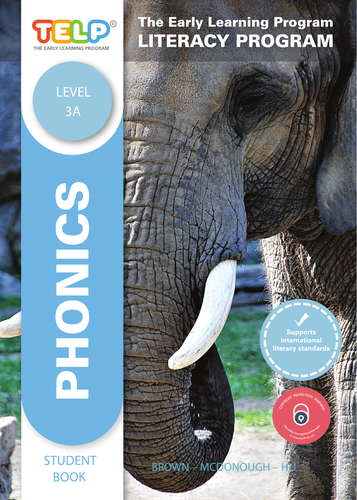

PHONICS 3A: AI, J, OA, IE, EE, OR, Z, W, NG, V, OO
This pack contains over 74 pages of printable phonics activities that are ready-to-use! No prep work required, just print and copy! Each page is a stand alone activity that your students can work on independently. They work great for word work practice, morning work, literacy centers, or homework. Each page includes some interactive element of tracing, coloring, or identifying.
Activity Pages:
Letter Vocabulary
Write the Letter
Use the vocabulary in a sentence
Trace the letter
Color the picture
Complete the maze
Letter sound
95 pages of wonderful worksheets.
Something went wrong, please try again later.
This resource hasn't been reviewed yet
To ensure quality for our reviews, only customers who have purchased this resource can review it
Report this resourceto let us know if it violates our terms and conditions.
Our customer service team will review your report and will be in touch.